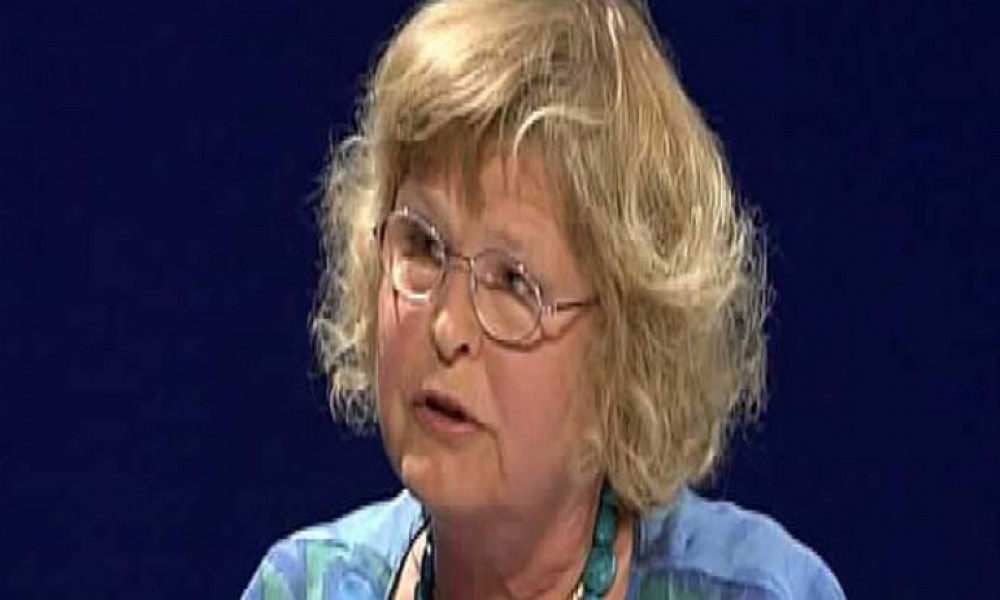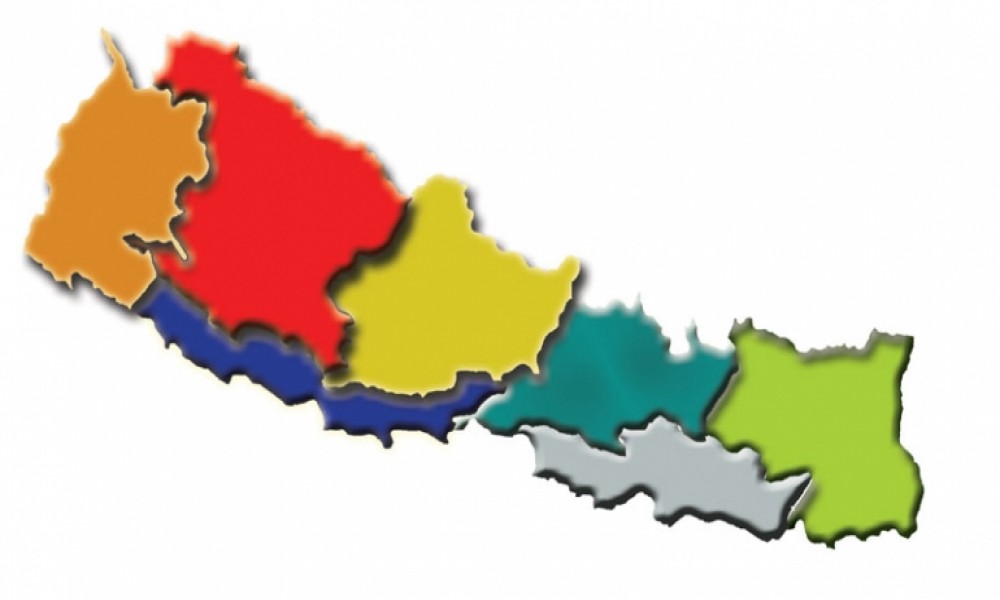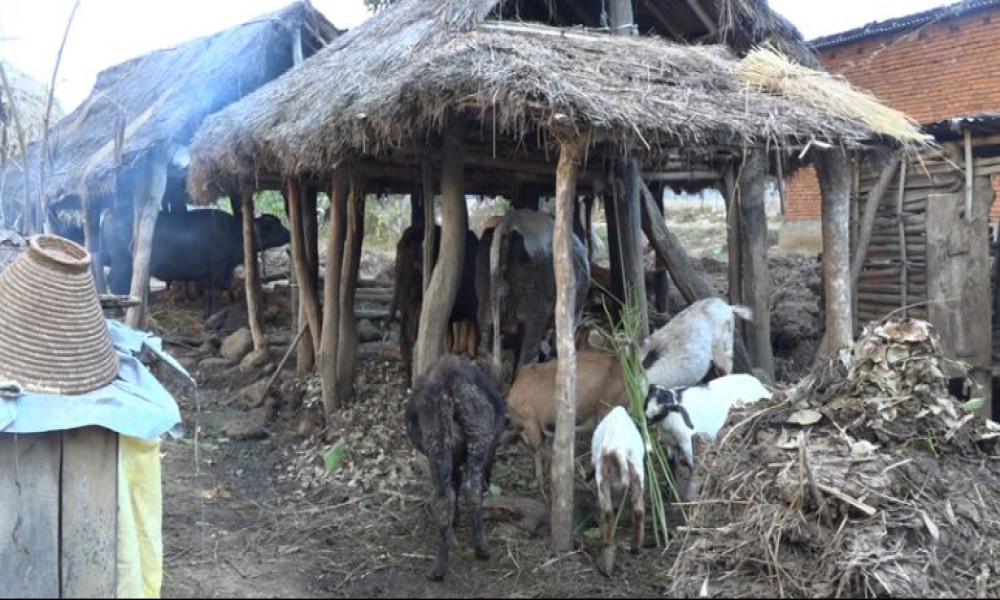Why should children be taught mainly through the medium of their mother tongue (MT) in school for the first 6-8 years?
Tove Skutnabb-Kangas writes
They know their Mother Tongue already, when children come to school, they can talk in their Multilingual Tongue about concrete everyday things in a face-to-face situation in their own environment where the context is clear: they can see and touch the things they are talking about and they get immediate feedback if they do not understand (“I didn’t mean the apples, I asked you to bring bananas”). They speak fluently, with a native accent, and they know the basic grammar and many concrete words. They can explain all the basic needs in the Mother Tongue: they have basic interpersonal communicative skills (BICS).
This may be enough for the first grades in school where teachers are still talking about things that the child knows. But later in school children need abstract intellectually and linguistically much more demanding concepts; they need to be able to understand and talk about things far away (e.g. in geography, history) or things that cannot be seen (e.g. mathematical and scientific concepts, honesty, constitution, fairness, democracy).
They need to be able to solve problems using just language and abstract reasoning, without being able to do concrete things (“if I first do A, then either D or E happens; if I then choose K, X may happen but Y may also happen; therefore it is best to do B or C first”). The cognitive-academic language proficiency (CALP) that is needed to manage from grade 3 on in school, in higher grades, upper secondary school and later in life, develops slowly. Children need to develop these abstract concepts on the basis of what they already know in their mother tongue. If the development of the mother tongue CALP (which mainly happens through formal education) is cut off when the child starts school, s/he may never have an opportunity to develop higher abstract thinking in any language.
They know their Mother Tongue already, when children come to school, they can talk in their Multilingual Tongue about concrete everyday things in a face-to-face situation in their own environment where the context is clear: they can see and touch the things they are talking about and they get immediate feedback
If teaching is in a language that the Indigenous/Tribal/Minority (ITM) child does not know (e.g. Nepali), the child sits in the classroom the first 2-3 years without understanding much of the teaching. S/he may repeat mechanically what the teacher says, without understanding, without developing her capacity to think with the help of language, and without learning almost anything of the subjects that she is taught. This is why many ITM children leave school early, not having learned much Nepali, not having learned properly how to read and write, not having developed their mother tongue, and almost without any school knowledge.
If the child has the Mother Tongue as the teaching language, s/he understands the teaching, learns the subjects, develops the CALP in the MT, and has very good chances of becoming a thinking, knowledgeable person who can continue the education. Parents want children to learn Nepali and English. If children are taught mainly through their MT the first many years, how do they learn Nepali and English? All MLE program teach Nepali as a second language subject from grade 1 or 2.
The teachers know both the children’s MT and Nepali. In the CALP part of language, much is shared in the MT and Nepali (and other additional languages such as English). The child needs to learn reading and writing only once in life, and it is easiest to learn it in a language that one knows well. When the child has understood the relationship between what one hears and speaks, and the reading/writing system, in the MT, this can easily be transferred to other languages (even if the script may be different). When the child has learned many abstract concepts in the Mother Tongue, s/he just needs to learn new “labels”, new words for them in Nepali; s/he already knows the concepts. In this way, only parts of the language (Nepali) is new; the child already knows the content in various subjects (e.g. in mathematics). All languages share a common underlying proficiency.
All research studies in the world show that the longer the child has the Mother Tongue as the main medium of education, the better the child learns the subjects and the better s/he also becomes in the dominant language of the country and in additional languages.
When the child develops this proficiency in the language she knows best, the Mother Tongue, it is easily transferred to other languages. And when the child is already high-level bilingual in the Mother Tongue and Nepali, she learns English and other languages faster and better than if she starts English learning as monolingual in the MT. She needs fewer years of and less exposure to English, to learn it well.
All research studies in the world show that the longer the child has the Mother Tongue as the main medium of education, the better the child learns the subjects and the better s/he also becomes in the dominant language of the country and in additional languages. The number of years in MT-medium education is also more important for the results than the parents’ socio-economic status. This means that MLE also supports economically poor children’s school achievement. Isn’t it enough if children have the first 3 years in the MT and then the teaching can be in Nepali? 3 years of MT-medium teaching is much better that than having all the teaching in Nepali (or in English which is even worse), but 3 years is NOT enough. The CALP development is nowhere near a high enough level in the MT after 3 years. 6 years in the MT is an absolute minimum, but 8 years is better.
Lesson from Ethiopia
Ethiopia, one of the poorest countries in Africa, has a decentralized education system where 8 years of mother tongue-based MLE is recommended. Some districts have chosen to have only 4 or 6 years of MT-medium. Comparing results from the whole country, a large study shows that those who have had 8 years of mainly MT-medium and who have studied Amharic (the dominant Ethiopian language) and English as subjects, have the best results in science, mathematics, etc, and also in English.
Those with 6 years are not as good, and those who have switched to English-medium already after grade 4, have the worst results, also in English. Parents want English-medium schools. What are the likely results?
Mother-tongue based MLE for the first 6-8 years, with good teaching of Nepali as a second language and English as a foreign language, and possibly other languages too, with locally based materials which respect local Indigenous knowledge, seems to be a good research-based recommendation for Nepal.
Lesson from India
Many studies in India show that children in English-medium private schools initially know English better than children in mother tongue or regional language medium government schools. But at the end of grade 8, the knowledge in the various subjects of the students in English-medium schools is lower than in government schools, and their English is no better. In addition, they do not know how to read or write their mother tongues and do not have the vocabulary to discuss what they have learned, in any Indian languages.
They have sacrificed knowledge of Indian languages and much of the knowledge of school subjects but they only get a proficiency in the English language, that is not high-level. This is partly because the English language competence of teachers is generally not very high, but also because the children have not been able to develop a high-level CALP, neither in the mother tongues nor in English. Mother-tongue based MLE for the first 6-8 years, with good teaching of Nepali as a second language and English as a foreign language, and possibly other languages too, with locally based materials which respect local Indigenous knowledge, seems to be a good research-based recommendation for Nepal.









